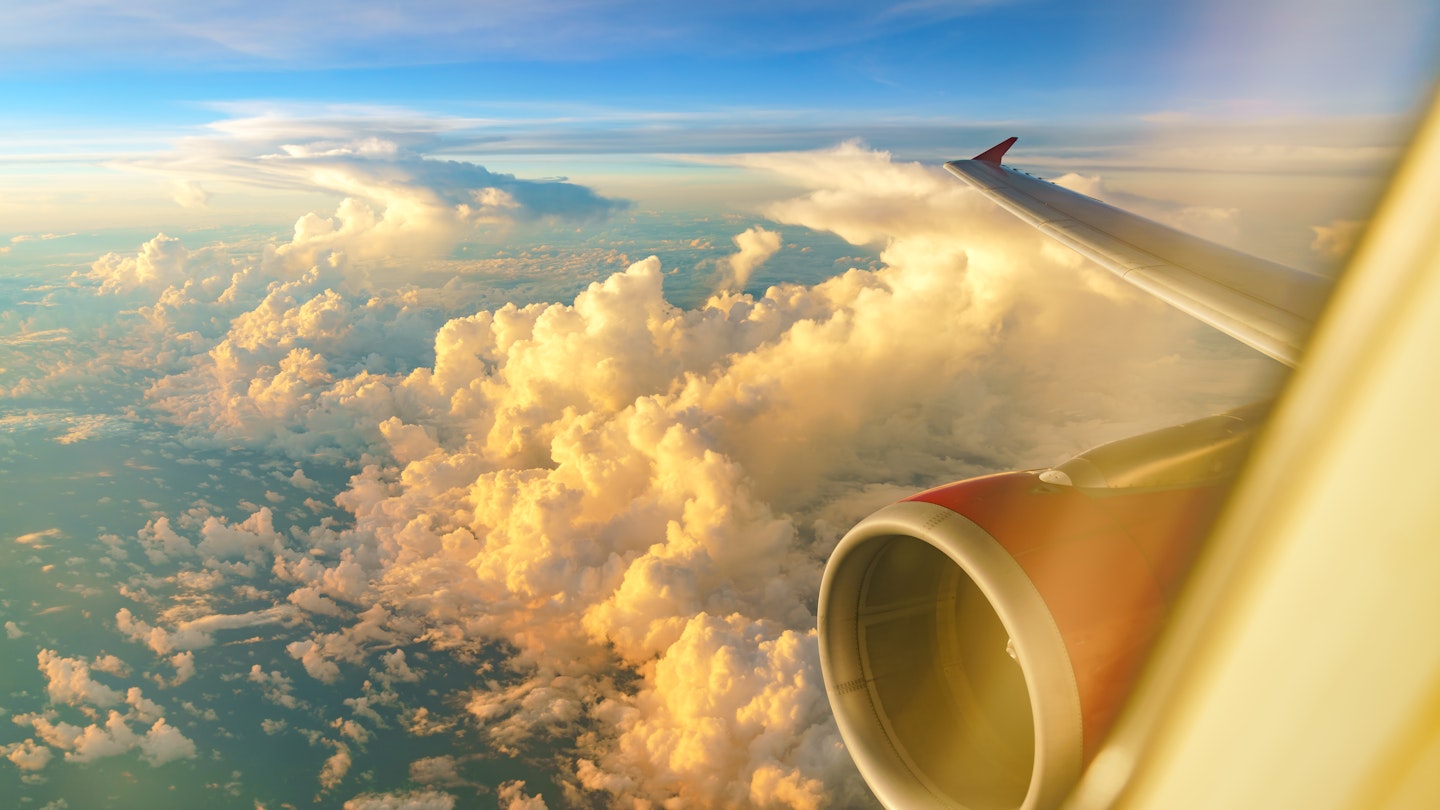The World’s Longest Flight: A Guide to Ultra-Longhaul Travel
Quick: what’s the world’s longest flight? If you said Singapore Airlines between Newark near New York and Changi in Singapore, you’d be right. A specially-outfitted Airbus A350-900ULR (that’s for “ultra-long-range”) makes the eighteen-hour and forty-five-minute trip between these two world cities every day, departing just after 10am and arriving just after 5pm the next day, local times.

However, this is a premium plane: it’s mostly business class, with fully flat beds that offer direct access to the aisle for every passenger, ensuring a relaxed flying experience. Moreover, Singapore Airlines service enhances the journey, alongside a cabin of premium economy seats towards the back.
The Rise of Ultra-Longhaul Flights
This kind of ultra-long-haul flight is becoming increasingly common. There are dozens of flights lasting over fourteen hours, a duration that only a few years ago seemed unimaginable.
One of Qantas’ two London flights, featuring business, premium economy, and economy options, now includes a 17-hour leg from Perth to London. Moreover, Qantas plans to introduce nonstop flights that could connect passengers from Sydney to London and Sydney to New York in 20 hours. Air New Zealand also operates a nonstop route from Chicago to Auckland, taking sixteen hours.

Moreover, both the Perth-London and Chicago-Auckland routes feature the rather narrow nine-abreast seats aboard Boeing 787 Dreamliners. In contrast, Japan Airlines’ Dreamliners utilize an eight-seat configuration, providing a more comfortable travel experience. Imagine how much more pleasant the experience could be with a bit of extra space!
Some of the longest flights also include some of the world’s most comfortable seats in economy. Emirates’ Auckland to Dubai service (over 17 hours) operates on the highly popular Airbus A380, known for its wide seats and slightly more legroom compared to many other airlines. For instance, Qantas offers Dallas/Fort Worth to Sydney flights, also aboard the A380, boasting a similar duration.
Additionally, Delta’s flight between Johannesburg and Atlanta lasts between 16 to 17 hours, flying on a Boeing 777-200LR, which features only nine seats in each row, contrary to the majority of airlines that typically have ten. This layout affords passengers extra elbow room, enhancing their onboard comfort.

Making the Most of Your Time in the Sky
Do you want to take these long flights? If so, how can you survive the journey?
It’s essential to consider taking a connecting flight rather than a nonstop of over fourteen hours. This preference holds true even for premium economy and perhaps even business class. As an aviation journalist, I occasionally have the opportunity to upgrade and experience different seating arrangements.
On routes where ultra-long-haul nonstop options come with a premium, I would generally opt for a stopover. Consider adding 24 hours to your itinerary to explore major hub cities like Hong Kong, Singapore, or Seoul.

Alternatively, take a few hours to explore the terminal, utilize a shower (many large airports provide access to showers, sometimes for free), inhale fresh air, and hydrate your body for the journey ahead.
While I have multiple strategies for comfort, do consider speaking with a medical professional if you have any health concerns, particularly regarding deep vein thrombosis (DVT). Additionally, check if your doctor recommends medication adjustments or over-the-counter solutions, as antacids and headache tablets are smart additions to your travel kit.

Choosing the Right Ultra-Longhaul Flight
When selecting a long-distance flight, be mindful of the aircraft you’re flying on. Modern planes, such as Airbus’ A350 XWB and Boeing’s 787 Dreamliner, utilize more composite materials instead of metal, which helps maintain a lower cabin altitude (6000 feet instead of 8000), yielding less dry and more comfortable air quality.
It’s important to note that only Japan Airlines’ long-haul 787 routes offer comfortable seating. Boeing advertised the 787 with eight spacious seats per row. However, many airlines have condensed this to nine seats for profit. On the contrary, the wider seats found on the Airbus A350 remain popular among airlines, making it the ideal choice if available. The A380’s spacious seats, quiet cabin, and generous room serve as an excellent alternative.
When boarding, make sure to pack a change of clothes – cozy pajamas or loose-fitting cotton garments are ideal. And don’t forget flip-flops for lavatory use, as cleanliness can be a significant concern during long flights.
It’s wise to bring along some large bottles of water. On lengthy flights, I aim for between 500mL and one liter of non-alcoholic beverages (mainly water and juice) hourly. If you have larger recycled bottles at home, rinse them out, and fill them up after security. Water bottle filling stations are commonly found at airports today.
What are your best tips for surviving long-haul flights? Share your thoughts!
Aviation journalist John Walton writes regularly on travel for iBestTravel and various aviation magazines. He welcomes questions and discussions from readers on Twitter (his handle is @thatjohn) or via email at john@walton.travel




